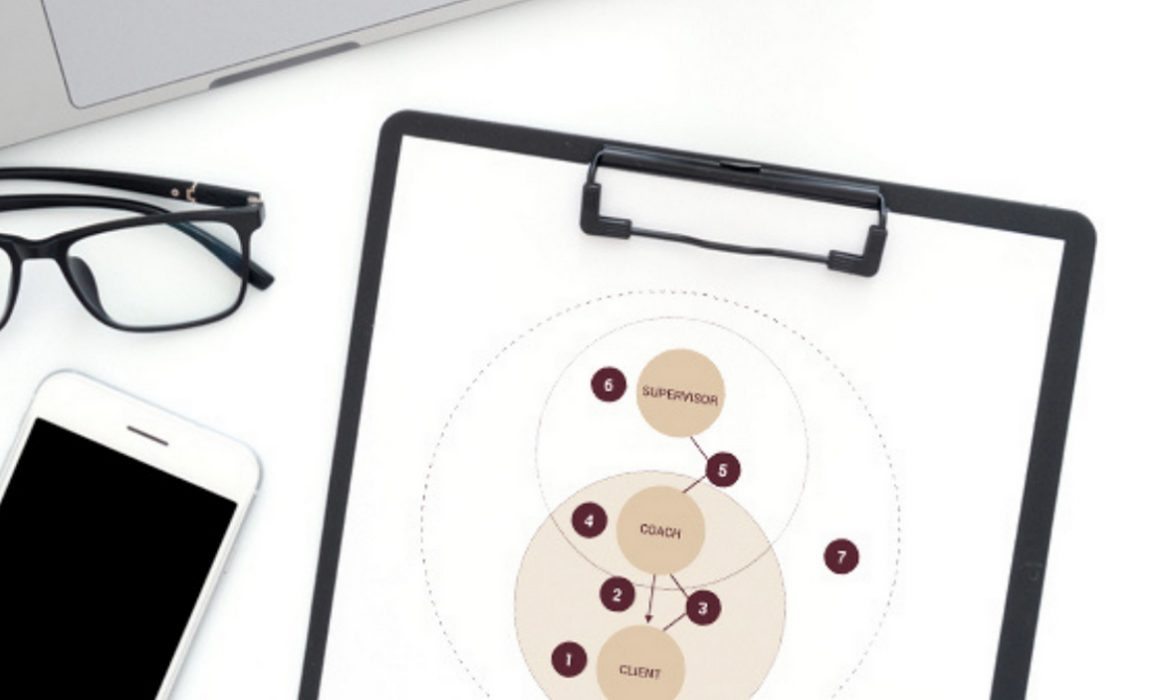The Peter Hawkins 7 Eyes Supervision Model
In these weeks I have started two new Supervision Groups, a collaborative space of support, self-discovery and professional development for coaches, which is gaining more and more presence in Spain.
The work consists of reflecting together on various topics of our coaching practice. This pandemic time is showing us the importance of taking care of ourselves and seeking support. Especially if we are dedicated to accompanying others, it is an aspect of our professional life that we should not neglect.
Supervision methodology offers many techniques and models to guide reflection, and one of the most important is the Seven Eyes Supervision Model. It was originally created in 1985 by Peter Hawkins for the supervision of psychotherapists and later developed with Robin Shohet for other helping professions. Hawkins, a thinker and expert in leadership and organizational change, later adapted it together with other colleagues from the Bath Consultancy Group for the world of coaching, mentoring, team coaching and organizational consulting (1995). It is now taught internationally in all coaching supervisor training.
It is a relational and systemic model: it explores how the relationships between coach, client and supervisor are (relational part), and looks at how these influence each other and other elements of the context (systemic part). This makes it also an interesting model to apply in coaching, with clients who want to explore relational issues.
The 7 eyes
The supervised coach formulates his or her supervision question, for example "I want to understand how to unblock the process with a client who is not making the expected progress", and the model proposes seven different perspectives ("eyes") from which to look at the case and generate new awareness in the coach.
Eye 1: The customer
In this first perspective, information about the client, his company or environment, the agreed coaching objectives, frequency of sessions, etc. is discussed, as well as details about how the client presents himself to the coach: the first impression, the way he sits, his posture or the way he speaks. The aim is to describe what is observable without falling into the tendency to interpret these facts and invent a story.
Eye 2: Coach interventions
The second eye explores the different interventions the coach has done with the client. It is interesting to find out, for example, if an intervention is done more often than others or what the coach has decided not to do. The reflection seeks to generate new ideas to apply in the next session with the client.
Eye 3: The coach-client relationship
I find the third eye fascinating. Here the focus is on the relationship between the coach and the client, to reveal dynamics or patterns that are operating and of which the coach is not aware. In this eye it is very common to use metaphors, which communicate very well the most hidden information.
Eye 4: The Coach: The coach's own experience
Eye 4 focuses on how the coach is experiencing the coaching process. What feelings, emotions, reactions or memories it elicits. Sometimes the interaction with a client can stimulate responses in the coach related to his or her own life, and understanding this can prevent these from being projected onto the coachee. This perspective also encompasses the coach's needs for well-being and professional development.
Eye 5: The parallel process
The fifth perspective invites us to observe whether there are any parallels between what is happening in the encounter between the supervisor and the supervised coach, i.e., the supervision session, and the coaching relationship that coach has with his or her client. For example, a coach might be unconsciously treating his or her supervisor in the same way that his or her coachee is treating him or her. The supervisor's ability to notice the relational dynamics in supervision, and articulate what he or she is observing, provides valuable information for the coach's reflection.
Eye 6: The supervisor
This eye goes hand in hand with the previous one and deals with the reflections or feelings that arise in the supervisor during supervision. Instead of interpreting them as their own, the supervisor puts them at the service of the coach being supervised as signals that might reveal something about his or her case.
Eye 7: The broader context
The last eye invites us to consider the coaching case as part of a much broader context, organizational, sectoral, social, cultural, etc. A systemic look to explore how these external influences might be acting on the client's situation, or to understand that what appeared to be an individual challenge of a coachee, actually reflects the impact of dynamics and patterns present in a whole system.
And for anyone interested in reading more about supervision, I recommend Peter Hawkins and Nick Smith's book, "Coaching, Mentoring and Organizational Consultancy. Supervision, Skills & Development", Open University Press, McGrawHill (2013).
UPCOMING WORKSHOPS FOR COACHES
New groups are open for the Mentor Coaching Group Online Workshop are now open, to develop your coaching and prepare for the ICF exam.
I have also launched a Supervision Group to work on real cases of the participants' practice.



